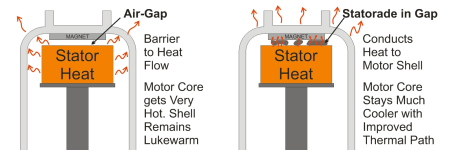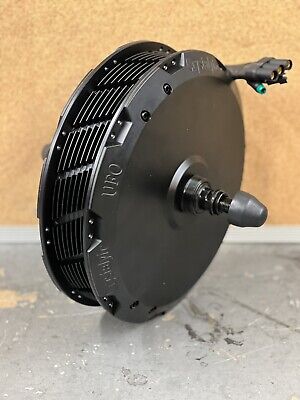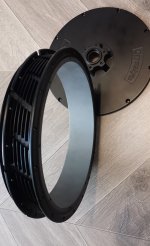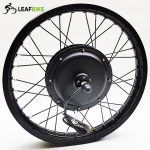ebike4healthandfitness
10 kW
- Joined
- May 19, 2012
- Messages
- 757
Since the cooling is integrated into the motor’s design, there’s no need to speculate, since the effectiveness of the design should be reflected in the motor specs, and be used as a selling point. What is the motor rated at, weight, and dimensions, etc.?
Crystalyte will not have rated the motor using Statorade.....and we all know hubsinks are not effective without statorade.

Even the company that creates and sells the hubsinks emphasizes the importance of statorade/ferrofluid.
Last edited:












